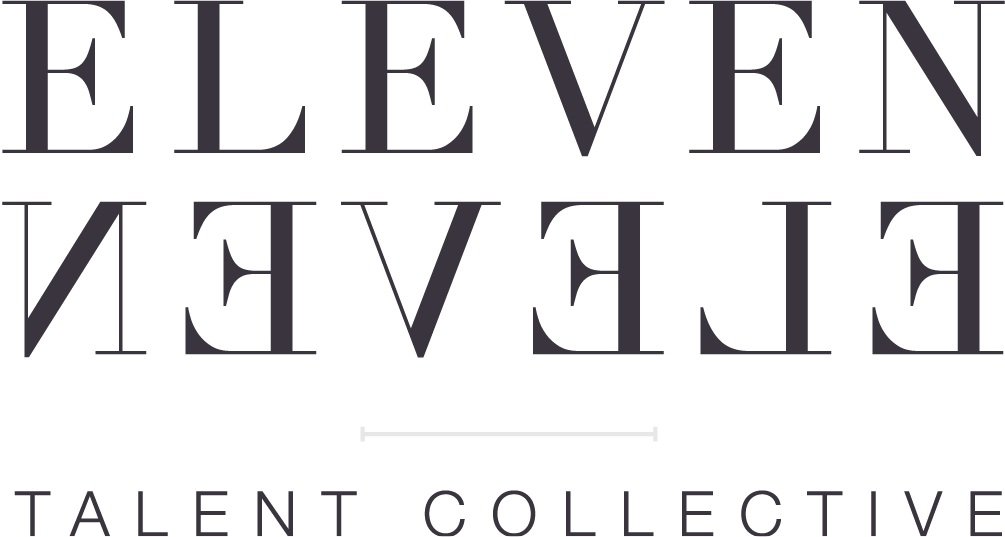Are you Taking Real Action with Your DEI Practices?
In 2022, it should be a no-brainer that Diversity, Equity and Inclusion (DEI) are a major focus for organizations, with 35% of HR leaders saying that diversity, equity, and inclusion are among their top five priorities. Whether it’s through recruitment and team building efforts, supporting diverse communities through content, or uplifting and championing diverse voices, DEI should be incorporated into your organization in one way or another.
DEI isn’t just some trending term you can learn and forget about down the road either – data backs up that companies with a more diverse team – especially at the executive level – perform better financially, outperforming industry medians in comparison to those with little to no DEI efforts. It’s even been shown that companies that welcome diversity are 1.7x more innovative.
If there’s one thing we know here at Eleven Eleven Talent Collective – it’s building teams with purpose. Identifying and securing diverse talent ensures that inclusive workplaces are created and opportunities are made available for talent from all backgrounds to grow and thrive in their careers. As companies continue to strive to increase their diversity within their organizations we wanted to share our top five tips on how you can walk the walk and ramp up your DEI Recruiting Efforts:
1. Back Up Your DE&I Recruiting Efforts with Data
Whether it's how many of your candidates are women, what race your candidates are, or preferred candidate pronouns, data will help you recognize if you're truly attracting a diverse pool of talent or not. If you see there are holes in your talent pool, try to identify why or how you can adapt your search to diversify more.
2. It’s All About the Transparency
Discuss your company culture with candidates and share your DEI efforts with them (even if you are still working on it – DEI is a journey!). Transparency & authenticity are key when it comes to attracting and retaining top-tier, diverse talent.
3. Proactively and Strategically Source a Diverse Candidate Pool
Sourcing a more diverse pool of candidates increases the likelihood that a diverse candidate will be hired. A study done by Harvard Business Review found that the odds of hiring a woman was essentially zero if there was only one female finalist in the interview process. When half of the finalists were women, the likelihood of hiring a woman was 50 percent. When there were three female finalists, the likelihood of hiring one was 67 percent!
4. Eliminate Any Unconscious Bias from Your Process
Defined as prejudice towards someone based on an opinion formed by your own experience, Unconscious Bias (or Implicit Bias) is detrimental to the interview process as it skews judgment, creating an unfair and unequal opportunity for the candidate pool. Step 1? Confronting it within ourselves. Step 2? Making sure it doesn't leak into your recruitment process!
5. Make your DE&I Recruitment Efforts COUNT
Many companies announced their Diversity Pledges over the past few years, but how can you truly make it matter? We recommend holding yourself accountable, creating DE&I strategies with intent and checking in on your progress.Taking the time to put actions, resources and accountability behind your DEI pledge is what will ultimately make the biggest impact. Try hiring (and paying fairly!) consultants and internal Employee Resource Groups to show your team that your business is serious about compensating DEI focused work.
We also recommend setting a timeline to continually check your organization’s DEI progress to keep everyone accountable from the top down.
At the end of the day, representation should go beyond simply being in the room and having a seat at the table. We believe that it is being uninhibited to use your voice, your mind, and talents to connect dots and unite ideas to truly take them to the next level
If you’re looking to build your team with purpose while backing your recruitment efforts with DEI data, click the button below to reach out to us – we can’t wait to hear about your business goals.

